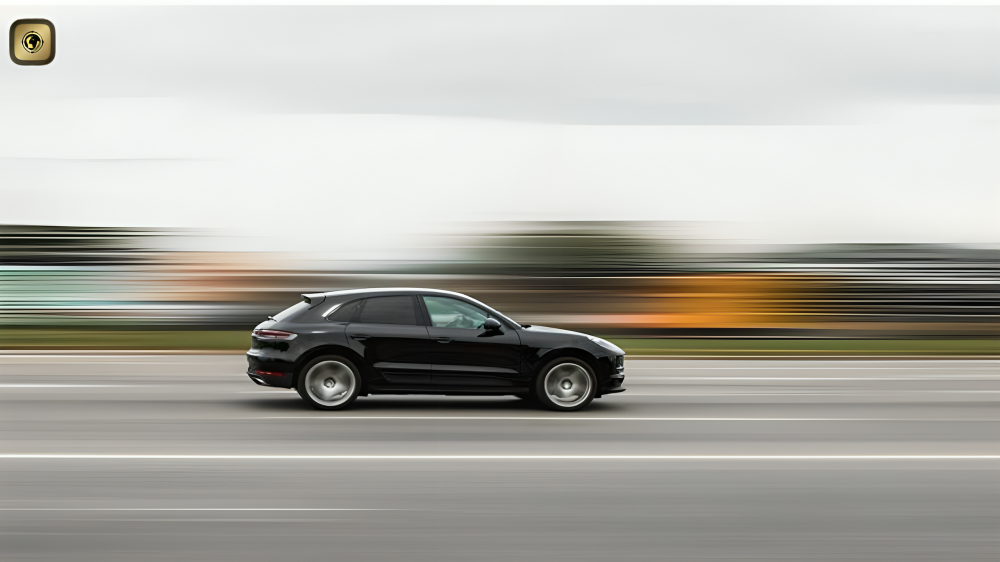March 29, 2025
- As winter draws near, severe cold can lead to significant problems for your vehicle, impacting its battery, engine, tyres, and other critical parts. It is essential to get your car ready for subzero temperatures to prevent expensive repairs. Furthermore, ensure that your car insurance is current to safeguard your finances in the event of winter-related vehicle damage. Let’s examine the measures you can implement to prepare your car for the unforgiving winter elements.
12 Tips to Prevent Your Car from Freezing in Extreme Cold
- Severe cold can adversely affect your car, particularly crucial parts like the battery. Here are several vital winter car maintenance recommendations to keep your automobile functional and prepared, even in the most extreme conditions.
- Tyre Check and Maintenance
Your tyres serve as your primary line of defense against icy and snowy roads, so they require extra care during winter.
- Monitor tyre pressure: Cold temperatures can lead to a decrease in tyre pressure, so check and inflate them to the suggested level.
- Check tread depth: Use a penny to assess tread depth. If Lincoln’s head is visible, it’s time to get new tyres.
- Winter tyres: Think about installing winter tyres for enhanced grip and control in snow and ice.
2. Keep Your Gas Tank Full
A full gas tank helps avoid problems such as condensation that can form and freeze in the fuel lines.
- Keep fuel lines unfrozen: A full tank reduces the likelihood of fuel lines freezing.
- Prevent condensation: An empty tank permits moisture to accumulate, which can freeze and obstruct fuel lines.
3. Keep Your Car Battery Healthy
Cold weather can be challenging for your car battery. It may diminish its ability to start your vehicle, leaving you in a difficult situation.
- Portable jump starter: Keep one with you in case your battery unexpectedly dies.
- Clean battery terminals: Remove any rust from the battery terminals to guarantee proper current flow.
- Check the charge: Have your battery tested regularly to confirm it holds a full charge.
- Replace weak batteries: If your battery is older than 3-5 years, think about replacing it.
4.Protect Your Windshield- A clear windshield is crucial for safe driving, particularly during snowy and icy weather.
- Winter washer fluid: Ensure you utilize fluid that remains unfrozen in low temperatures.
- Check wiper blades: Replace any worn wiper blades to improve visibility.
- Remove ice and snow: Employ a snow brush and ice scraper to clear your windshield before operating the vehicle.
- Use cold water: Never pour hot water on the windshield, as it might lead to cracks.
5.Add Antifreeze
Antifreeze stops your engine’s cooling system from freezing.
- Check antifreeze levels: Use an antifreeze tester to verify that your mixture is accurate (typically 50/50 with water).
- Top up or replace: If your antifreeze is low or outdated, add more or flush and refill it as necessary.
6.Use Winter-Grade Oil
In frigid temperatures, engine oil thickens, which can complicate starting your car.
- Regular oil changes: Ensure you change your oil routinely to prevent engine strain.
- Low-viscosity oil: Utilize oils like 0W-20 that flow more easily in cold weather.
- Follow the manual: Consult your vehicle’s manual for the ideal oil for winter conditions.
7.Warm Up Your Car Before Driving
Give your car a few minutes to heat up before setting off, which aids in proper fluid circulation and minimizes engine stress.
- Avoid revving: Do not rev the engine in cold weather, as it may lead to wear.
- Idling time: Allow the engine to run for 2-3 minutes before getting on the road.
8.Wash and Protect Your Car’s Exterior
Road salt and chemicals can harm your car’s exterior over time. Adequate maintenance can help avert rust and corrosion.
- Apply wax or sealant: This protects the paint and helps prevent rust.
- Clean regularly: Focus on the undercarriage and ensure all salt buildup is removed.
- Cover your car: When parked outside, utilize a car cover to shield it from snow and ice.
9.Park Wisely
Proper parking can aid in protecting your car from harsh cold and snow accumulation.
- Cover your car: If parking outside is necessary, use a car cover to guard against frost and snow.
- Park indoors: Whenever feasible, park your vehicle in a garage to protect it from freezing temperatures.
10.Lights and Brakes
Ensuring proper visibility and braking performance is essential in winter driving conditions.
- Inspect brakes: Examine brake pads and discs for wear and tear, and replace them as required.
- Replace burnt-out bulbs: Choose brighter bulbs if needed to enhance visibility.
- Check lights: Verify that all lights—headlights, tail lights, and turn signals—are functioning correctly.
11.Drive Safely
Winter roads can be slick, making cautious driving important.
- Slow down: Lower your speed to maintain control on icy roads.
- Increase the following distance: Allow more space between your vehicle and others to prevent accidents.
- Avoid cruise control: It may result in loss of control on icy or slippery roads.
12.Carry Winter Essentials
Being ready for emergencies can significantly help if you become stranded in severe cold.
- De-icer spray: Utilize it for quickly thawing door locks and handles.
- Warm clothing: Keep blankets, gloves, scarves, and hats in your vehicle.
- Emergency kit: Always have jumper cables, a flashlight, and a first-aid kit available.
Conclusion
By adhering to these straightforward winter car maintenance suggestions, you can ensure that your car remains in good condition throughout the cold months, reducing the likelihood of breakdowns and accidents. Remember to keep your comprehensive or third-party car insurance current to guard against unexpected events.



Leave A Comment